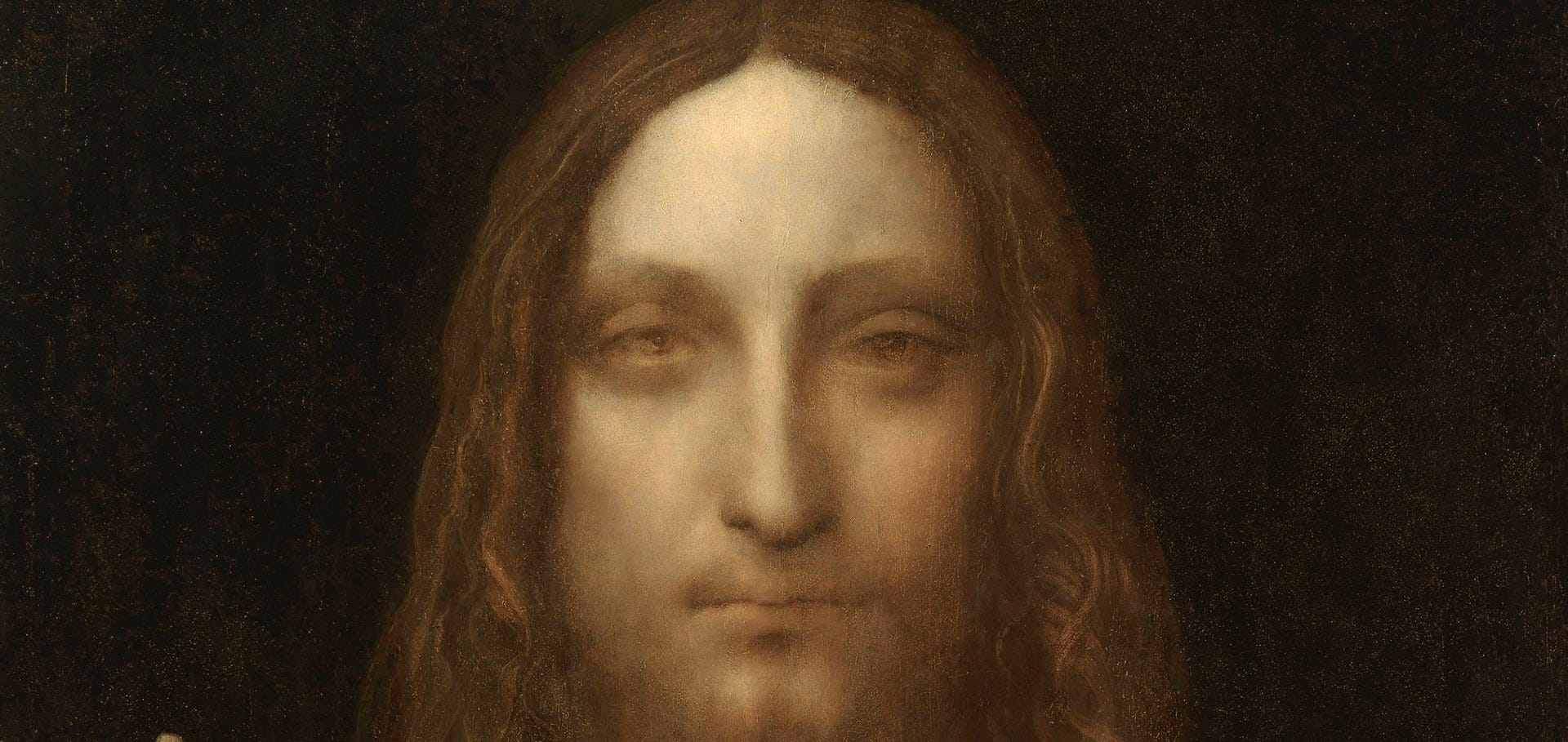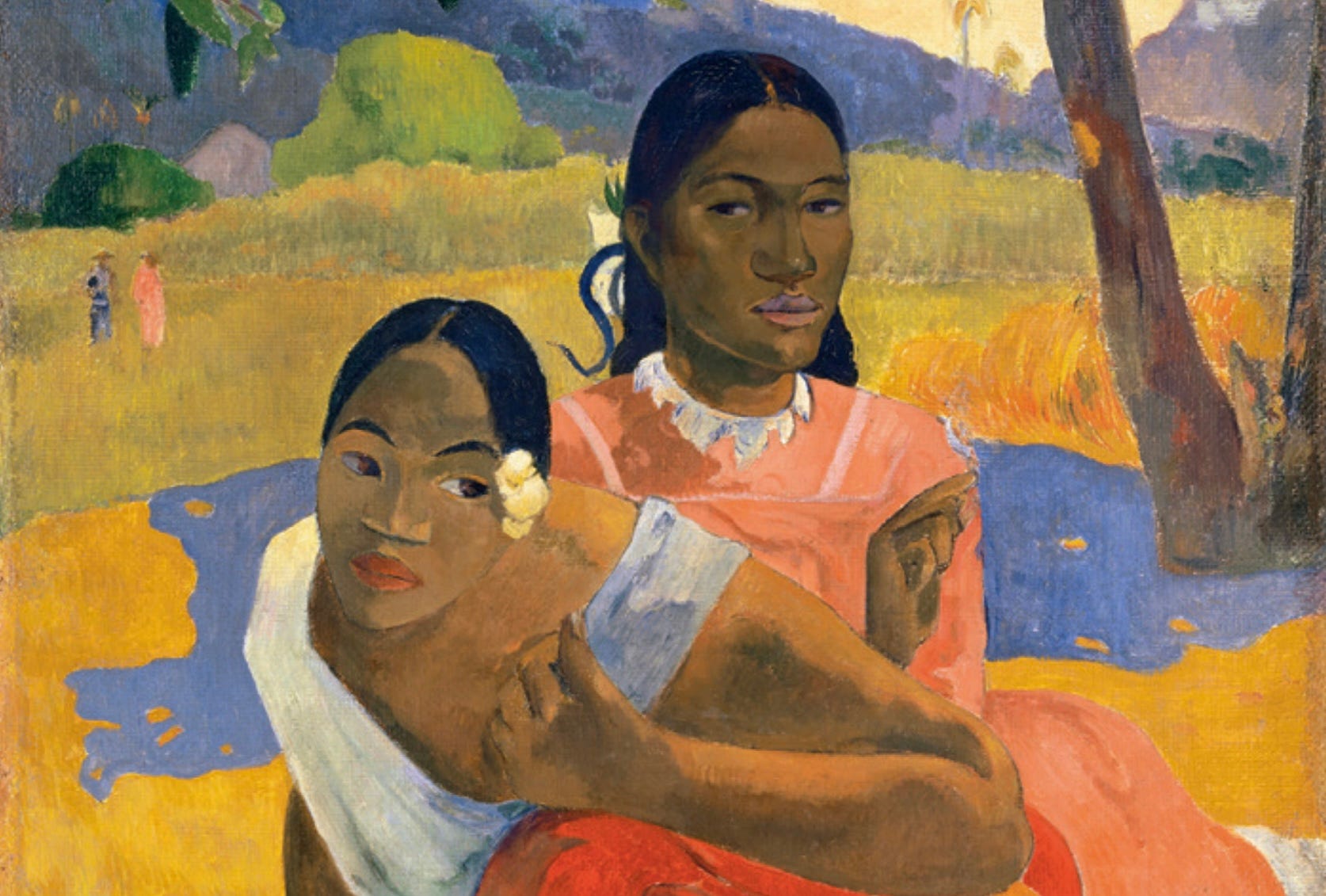Unveiling the Enigmatic Love in René Magritte's "The Lovers" Paintings
- Sep 2, 2024

Image: René Magritte, The Lovers II, 1928. Oil on canvas. Museum of Modern Art, New York.
As a leading figure of the early 20th-century surrealist movement, René Magritte challenged our understanding of art and questioned conventional perceptions. Through works like The Son of Man and The Treachery of Images, Magritte’s genius captivated imaginations and has influenced our perspectives for nearly a century. His artistry invites viewers to explore primal instincts, deep-seated fears, and the mysteries of human experience.
Among Magritte’s iconic works, The Lovers I and The Lovers II remain particularly haunting. These paintings provoke reflection on the nature of surrealist love and intimacy while drawing viewers into the bizarre, emotional world of the artist.
The Birth of Surrealist Love: A Brief History
Magritte’s early artistic influences can be traced back to impressionist pioneers, though his artistic path took a rebellious turn. In 1922, after serving in the military, Magritte met his muse and future wife, Georgette Berger, sparking what we might call his journey into surrealist love. He later moved to Paris in 1927, where collaborations with leading surrealists like Salvador Dalí helped shape his distinctive style.
The Lovers I (1928): The Enigmatic Embrace
Housed at the Australian National Gallery, The Lovers I presents a visually serene but deeply unsettling image of a couple in fashionable clothing. They stand together, their faces obscured by stark white hoods, as though they are hiding a deep secret. The backdrop of rolling green hills and tranquil skies stands in sharp contrast to the disturbing visual of their shrouded faces. This duality of romance and distance raises a profound question: What happens when love remains hidden, masked, or inaccessible?
Interestingly, The Lovers I is believed to have drawn inspiration from the Fantomas series of thrillers. The masked figure in these stories, much like the hooded couple in Magritte’s work, symbolizes a hidden identity. As viewers, we’re left wondering: Are the hoods an obstruction to love, or do they represent the inherent mystery and distance between lovers?
The Lovers II (1928): An Intimate, Yet Disturbing Kiss
The Lovers II offers a slightly more intimate yet equally unsettling depiction of romance. This time, the couple leans in for a kiss, still hooded and unable to truly see each other. Set against an abstract blue background, this piece further emphasizes the emotional dissonance between closeness and concealment. The scene is evocative of a private photograph framed for display, yet it maintains a boundary that keeps the viewer at a distance.
Unlike its predecessor, The Lovers II moves beyond simple surrealist romance into a commentary on how love is observed, both by participants and outsiders. The figures remain both intimately connected and forever isolated, their true emotions hidden behind the veil of their coverings.
Fun Fact: Did You Know?
René Magritte was known for leaving interpretations of his art entirely up to the viewer, refusing to explain his works. This refusal only deepens the mystery of The Lovers paintings, forcing us to develop our own interpretations of their strange intimacy.
An Unorthodox Interpretation of Romance
So, what do The Lovers paintings tell us? One possible interpretation is that Magritte challenges our conventional understanding of romantic intimacy. In covering the lovers’ faces, Magritte could be illustrating the idea that no matter how close two individuals are, a hidden part always remains out of reach. The hoods act as a physical manifestation of the emotional distance that can exist in even the closest relationships.
Alternatively, the paintings could be a commentary on voyeurism. The hoods may be a way for the couple to shield their intimate moment from outside observers, hinting that true love is often enigmatic and private, out of the grasp of outsiders.
Lastly, another interpretation touches on the complexity of human relationships—how love is filled with both connection and misunderstanding. The hoods might symbolize how lovers can never fully see or understand each other, creating a sense of surrealist love that feels distant yet profoundly human.
Exhibitions of René Magritte in 2024-2025
René Magritte’s legacy continues to inspire audiences worldwide, and several exhibitions in 2024-2025 will feature his work, notably:
René Magritte Retrospective at The Museum of Modern Art (MoMA), New York (2024):
This exhibition featured an extensive collection of Magritte’s works, including The Lovers I & II. The show dove deep into his surrealist legacy, featuring rare sketches and personal notes from the artist.
Magritte: Surrealist Masterpieces at The Pompidou Centre, Paris (2025) :
This exhibition will showcase some of Magritte’s lesser-known works alongside his most famous paintings, offering insight into the evolution of his surrealist style.
Conclusion: The Power of Surrealist Love
Ultimately, The Lovers I & II illustrate the complexity of romantic relationships, both public and private, intimate and distant. Magritte’s surrealist lens forces us to reconsider the simplicity of love, drawing attention to its mysteries and its hidden depths. The hoods, so striking and unsettling, serve as a powerful reminder that love often comes with blind spots and unknowable aspects.
René Magritte’s masterpieces challenge viewers to go beyond surface-level interpretations and explore the intricacies of human connection. In doing so, he ensures that The Lovers paintings remain timeless explorations of surrealist love and the enigmas that lie within it.
If you’re interested in learning more about Magritte’s surrealism, you can also check out our article about René Magritte and Surrealism: Dreams, Symbolism, and Artistry to explore more of his enigmatic works.






